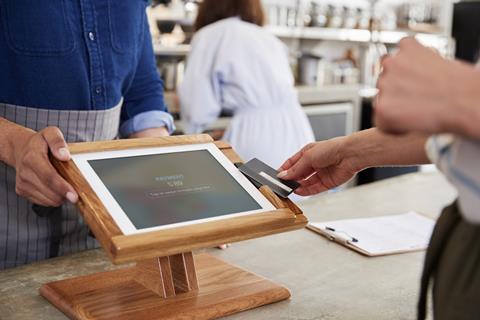
Self-scanning customers speedily checking out with contactless cards and mobile taps. Sainsbury’s circa 2019? No – healthy London fast food chain Tossed well over three years ago.
Replacing manned tills with self-service kiosks and instant digital payments, Tossed was, at the time, believed to be the UK’s first cashless restaurant.
On the surface the rationale was obvious: gifting hungry customers more time to browse the menu and build made-to-order salads, instead of wasting their precious lunch break in a queue.
Nowadays Tossed isn’t unique. Boutiques, high street staples, McDonald’s and now Sainsbury’s automate large parts of the front-facing customer journey.
Even in pubs, providers like Table Tap install self-service beer pumps in booths so patrons can pull pints from their seat. In-booth touchscreens enable easy digital payment as well as entertainment, services like jukebox, social media and YouTube access.
From tills to information terminals, most large-format retailers now deploy self-service in some form. But Sainsbury’s self-scanning Holborn store represents a new frontier. And while the firm says the move won’t hurt frontline jobs, most commentators think otherwise.
Tech’s role is impressive and ever-improving, but in a bricks and mortar environment its function is partly handling the menial. From scanning to infotainment, inventory management and order processing, tech is there to improve the customer journey, not replace it.
Opinion: The future of business-customer interactions is automated
Back in 2016, salad chain Tossed used the switch to self-service as an opportunity to make the most of its employees, moving frontline staff away from the functional and into the creative: serving up more salads and contributing to the overall customer experience.
Tossed recast cashiers as in-store brand ambassadors. From answering nutrition queries to helping diners balance ingredients, for that short time customers are with them, Tossed teams add humanity in an automated world.
They also bridge the real world and the digital as in-store staff promote the app, the blog, the recipes and the online delivery. Instead of employees “draining the coffers”, teams contribute to business loyalty, popularity and growth.
Currently, supermarkets’ self-service manoeuvrings feel like efficiency. And Sainsbury’s and co may well argue that speed and automation is exactly what the customer wants in 2019.
Like Tossed, I see retailers like French eyewear brand Polette and Canadian beauty brand Deciem using automation to inject humanity to the customer experience: to engender loyalty in an era when we’re told it’s dead. At the very least there’s the opportunity to provide additional value – to sharpen brand experience, bridge online and offline or add new dimensions of fun.
Many see self-service as a quickfire way to reduce headcount and boost profits. But self-service can also be a gateway to something valuable and elusive: outstanding customer service and top-of-class supermarket shopping experiences. Employees will play an integral part in that.



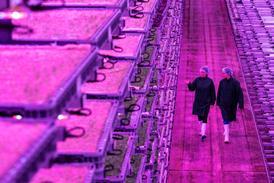




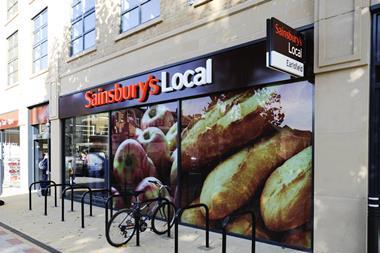
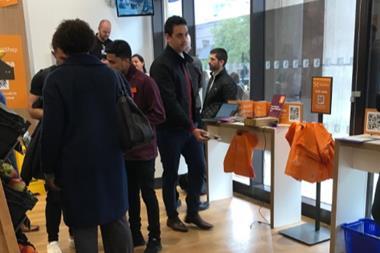

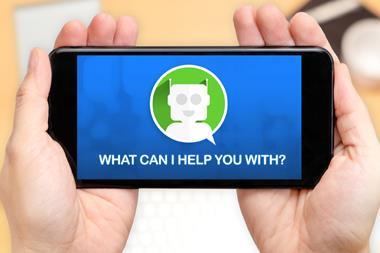
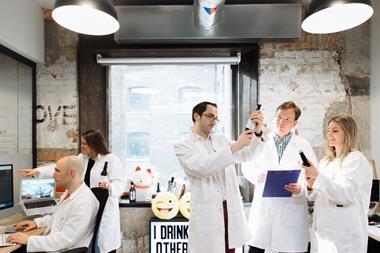



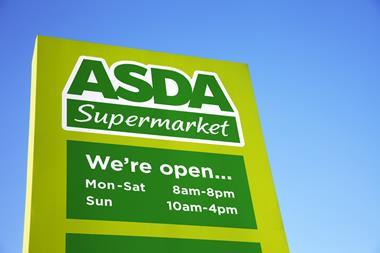


No comments yet